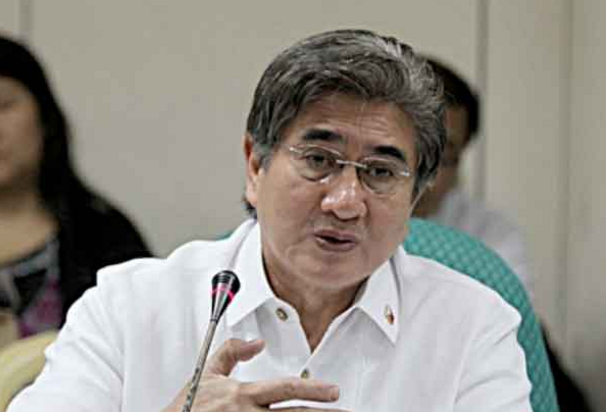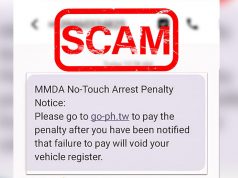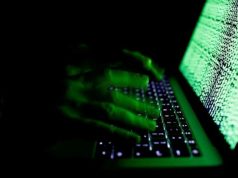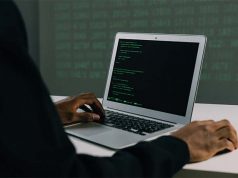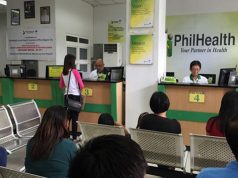The Department of Information and Communications Technology chief claimed that the country’s internet connection is “not that bad” despite its speed being one of the slowest in the world.
In a House hearing on Tuesday, September 15, DICT Secretary Gringo Honasan told lawmakers that the Philippines’ 3-7 Mbps average internet speed connection is not as awful, thus dismissing public’s complaints against it.
“Sa ngayon po, without going into figures, we are not doing too badly. Kaya lang po, naiintindihan natin na napakahirap nito ipaliwanag sa taumbayan. Sila pumapalo ng 55Mbps, tayo naglalaro parin sa 3-5 Mbps pero hindi na po ito masama,” Honasan said.
DICT Assistant Secretary Emmanuel Caintic supported Honasan’s statement and said that the country’s internet connection can reach 25.07 Mbps compared to 2016’s maximum 7.91 MPs.
However, he said that the country’s internet connection speed still lagged behind other countries in Southeast Asia.
“Malaki ang mga talon, however, hindi natin yon dapat ikagagalak kasi ang ating mga neighbors eh nasa 213.18mbps na fixed broadband at 56.43 sa mobile,” he said.
As of August, a SpeedTest by Ookla showed that the Philippines ranked 106th in terms of the global average of fixed broadband speeds with only 25.34 Mbps.
The global average speed for mobile is slower with only 16.44 Mbps which placed the Philippines at the 119th spot.
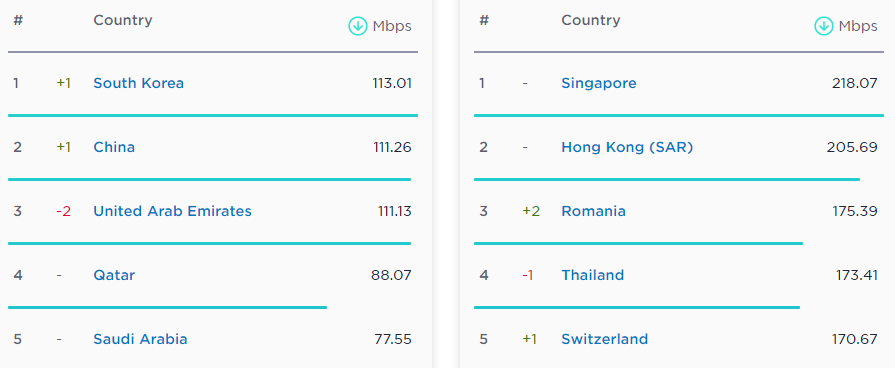
The top five countries with the fastest internet connection are:
- Singapore with 218.07 Mbps
- Hong Kong with 205.69 Mbps
- Romania with 175.39 Mbps
- Thailand with 173.41 Mbps
- Switzerland with 170.67 Mbps
In terms of mobile internet speed, the top five countries include:
- South Korea with 113.01 Mbps
- China with 111.26 Mbps
- United Arab Emirates with 111.13 Mbps
- Qatar with 88.07 Mbps
- Saudi Arabia with 77.55 Mbps
Honasan’s optimistic remark drew severe criticisms from Filipinos, particularly those who depend on their internet connectivity for their work and classes.

Others also pointed out that such services do not compensate to the pricey costs of Wi-Fi and mobile data connections they paid.

Some Reddit users, meanwhile, argued that Honasan’s perception might have come from the 256 Kbps standard broadband speed in mobile devices that the National Telecommunications Commission had set back in 2016.

Last July, the NTC told lawmakers that they are planning to set a minimum internet speed for telco providers in the Philippines.
DICT’s efforts
Caintic noted the lack of telecommunication infrastructures and towers as the main reason for the slower broadband speed.
DICT estimated such improvements in infrastructures to cost P17 billion. This hefty budget should also cover the proposed Phase 2 of the National Broadband Program in 2022.
In the meantime, Honasan also said that DICT had already issued 23 provisional independent tower company (ITC) certificates of registration to tower companies with existing memorandum of agreements with the agency.
:All of these efforts that we are doing are in response to President Rodrigo Roa Duterte’s call to improve the Philippines’ Internet connectivity,” Honasan said.
In his fifth State of the Nation Address on July 27, President Rodrigo Duterte challenged telecommunication companies to improve their services, particularly internet connectivity, by December or they may face closure.

